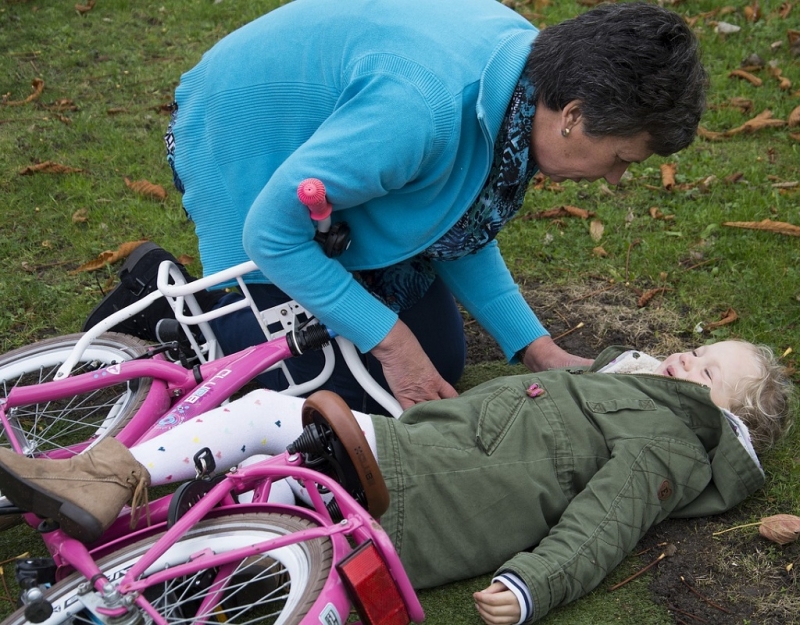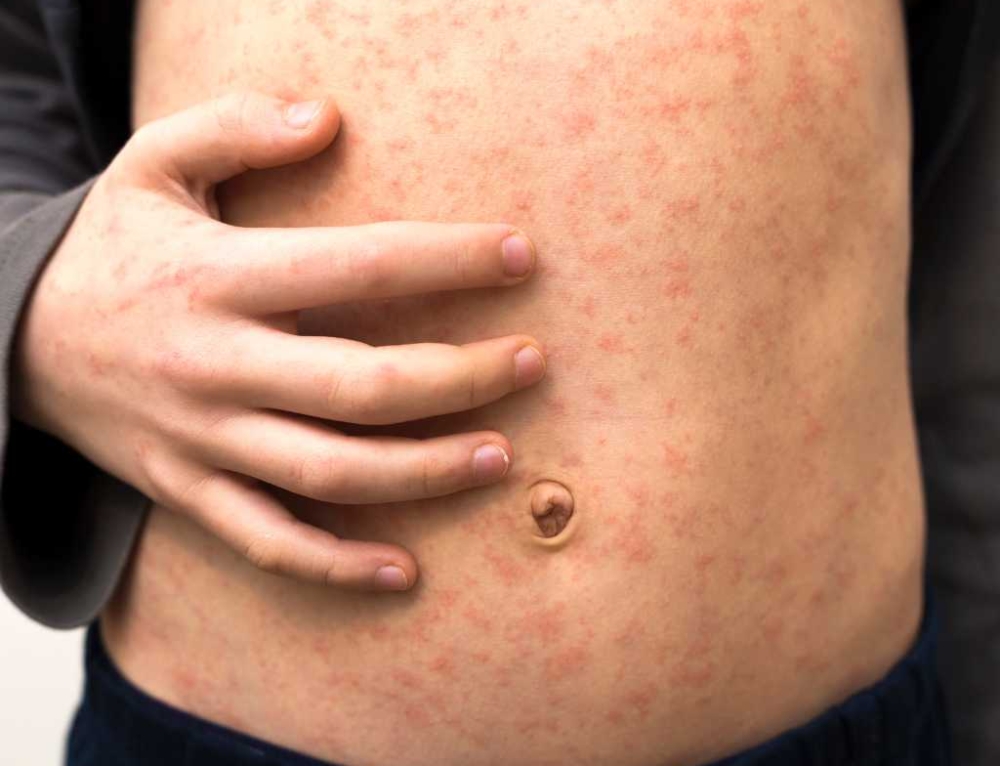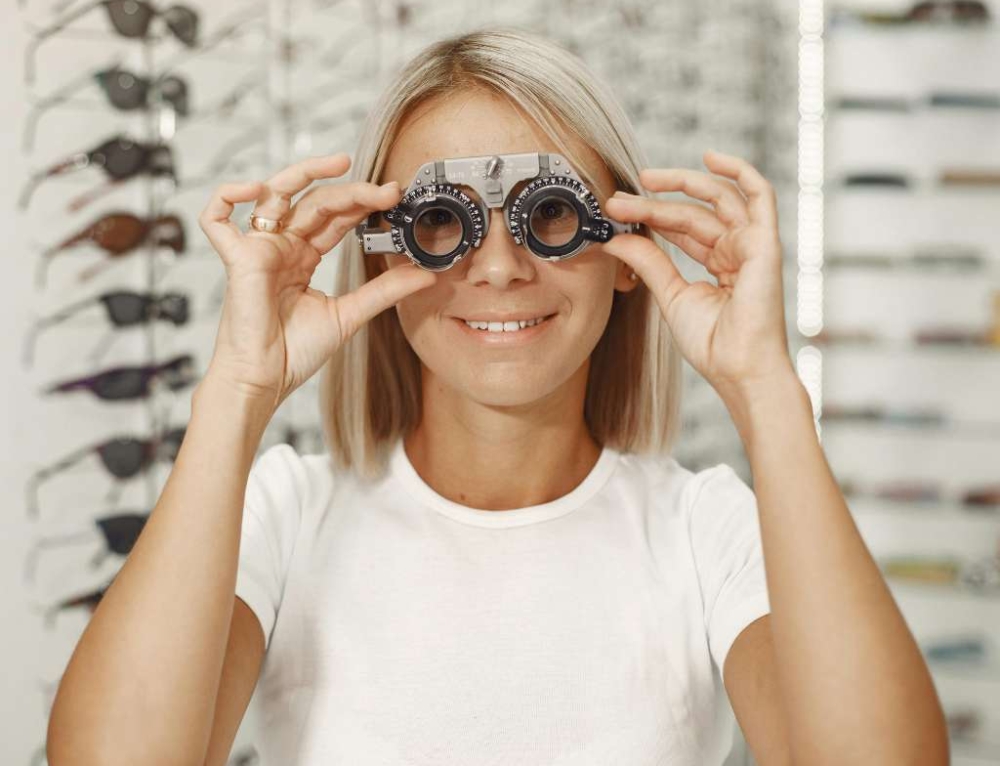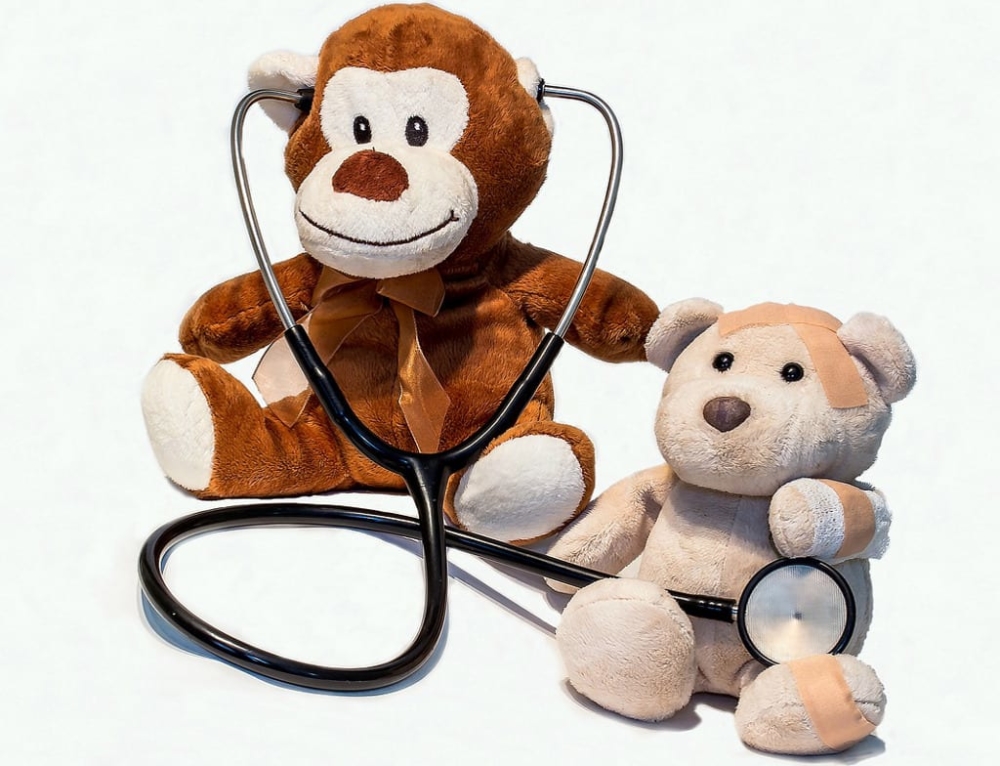While the only way to definitively prove that your child has broken a bone is to have an X-ray, there are a few red flag signs which can point to a fracture.
Children fall over and off things all the time and parents don’t want to be sitting in hospital accident and emergency departments waiting for their child to be X-rayed every time there’s an injury.
The fact is that most of the time the injuries they sustain are strains, sprains and bruises – and these can cause as much pain and suffering as a bone break.
But it’s estimated that about 15 percent of all injuries in kids are bone fractures, so chances are your children will break a bone at some stage during their adventurous childhood so it’s handy to know how to spot the signs.
Telltale symptoms you can’t ignore
If your child is displaying any of the following symptoms below, or if you’re worried, seek medical advice:
- swollen or blue fingers or toes
- severe pain in the limb, not eased by painkillers or by elevating the limb
- stiffening of the fingers or toes
- pins and needles or numbness of the fingers and toes
- an obvious bend in the region
Bones also make a noise when they break so if you hear a snapping sound at the time of your child’s injury that may be a sign that a fracture has occurred.
Other times the bone may bend but not break – this is called a ‘greenstick fracture’ and also requires treatment.
Hard to spot
Sometimes broken bones can be hard to spot in kids because they may not be as immediately painful as other injuries.
For example, if a child has fallen off a bike and has a deep graze from asphalt on his knee that’s bleeding and really stinging, he may not notice for a while that he can’t move his wrist properly – and neither will his parents.
So if you notice that after the crying subsides a young child refuses to put weight on an arm or leg, won’t move the limb, is holding it or protecting it, or you can clearly see a bend or deformity, assume the child has a broken bone and get medical help.
Treating your child
If you think a bone may be broken, it’s important you seek urgent medical advice. While our bones are built to mend naturally, for major limb breaks it’s important they’re set straight and properly by a medical professional. And it’s also advised to seek medical advice for broken toes and fingers.
Ensure that as you take your child to the hospital or doctor that you splint the affected area by resting it against something solid.
Also avoid giving your child food or drink in case surgery is required. Sometimes surgeons will need to operate on a fracture under a general anaesthesia.
Are X-rays safe for kids?
While the medical radiation children are exposed to in X-rays is minimal, it’s true that children are more sensitive to it because their bodies are growing and making new cells.
According to a Queensland Health factsheet, this can provide a greater chance for the radiation to affect cell growth. Children also have a longer time for any radiation damage, if present, to have an effect on their health.
But under properly supervised conditions, diagnostic imaging does not deliver dangerous doses of radiation. It’s just not advised to be lining up for an X-ray every time your child has an injury.







Leave A Comment
You must be logged in to post a comment.